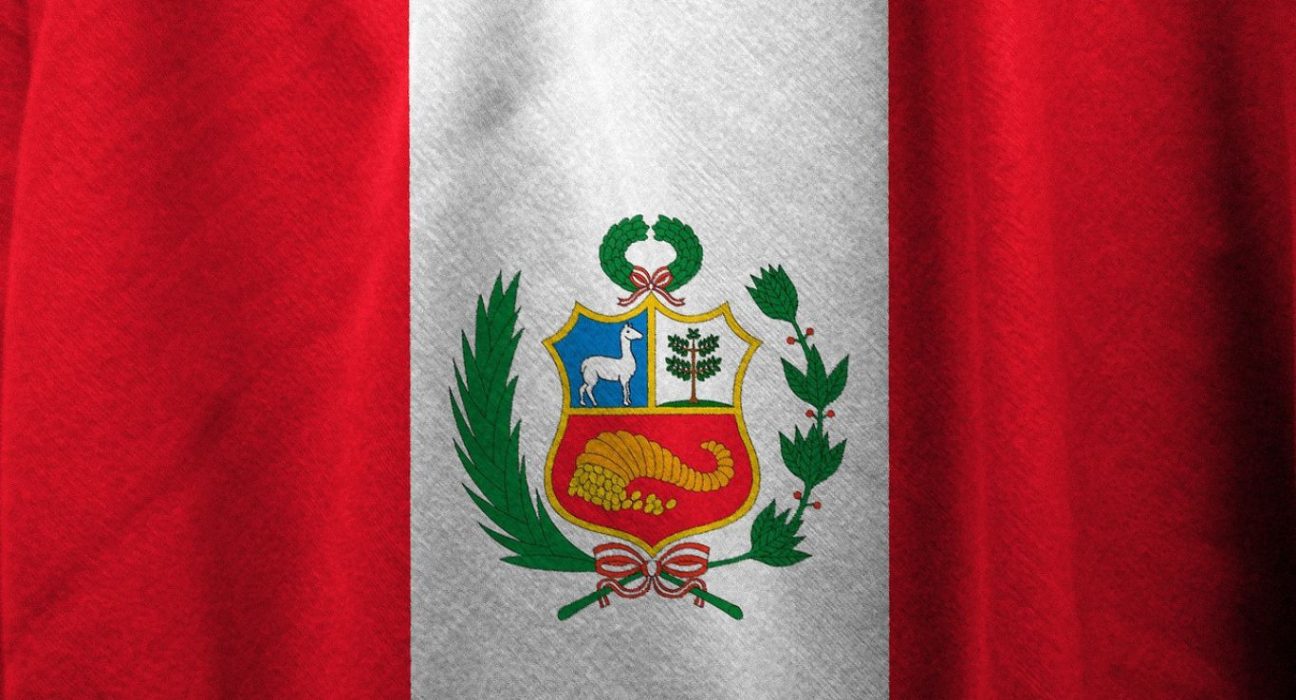Introduction
The metropolitan region of Lima, Peru’s capital, witnessed a decrease in its inflation rate to 0.32% in May, as per the latest government data. While this figure was slightly higher than the 0.25% estimate predicted by a Reuters poll, it represented a slowdown from the 0.56% inflation recorded in April. This data sheds light on the current state of Peru’s economy, as the central bank and economic analysts often rely on the metro Lima inflation rate as a reliable benchmark for price movements throughout the country.
Factors Contributing to Inflation Trends
Peru’s inflation rate is influenced by various factors, including domestic economic conditions, global commodity prices, and monetary policy decisions. In recent months, the nation has faced challenges such as political uncertainty, supply chain disruptions, and the impact of the COVID-19 pandemic. These factors have contributed to fluctuations in consumer prices, requiring careful analysis to gauge the overall economic health of the country.
Political Uncertainty and Inflation
Peru’s political landscape has experienced significant turmoil in recent years, which has had an impact on its economy, including inflation. Political instability can lead to investor apprehension and reduced business confidence, which in turn affects investment and economic growth. Uncertainty surrounding policy decisions, particularly in relation to fiscal and monetary measures, can create volatility in prices, ultimately influencing inflation rates.
Supply Chain Disruptions and Price Movements
The disruption of global supply chains due to the COVID-19 pandemic has also had repercussions for Peru’s inflation trends. Restrictions on trade, transportation, and manufacturing activities have resulted in supply shortages and increased costs. Higher input costs can drive up prices of goods and services, thereby contributing to inflationary pressures. These disruptions have been particularly pronounced in sectors heavily reliant on imported inputs, such as technology, automotive, and consumer goods.
COVID-19’s Impact on Consumer Behavior
The pandemic has not only disrupted supply chains but also influenced consumer behavior, impacting the demand side of the economy. Lockdown measures and reduced incomes have led to changes in spending patterns, with consumers focusing more on essential goods and services. These shifts in demand can lead to relative price changes, affecting inflation rates across different sectors. Understanding consumer behavior during the pandemic is crucial in assessing the overall inflationary environment in Peru.
The Significance of the Metro Lima Inflation Rate
Peru’s central bank and economic analysts closely monitor the metro Lima inflation rate as an accurate reference for price movements nationwide. The region serves as a microcosm of the broader national economy, encompassing a diverse range of sectors and industries. Given its economic significance and the concentration of economic activity in Lima, changes in consumer prices in this metropolitan area are seen as reflective of the overall inflation trends in the country. Consequently, the metro Lima inflation rate plays a crucial role in formulating monetary policy decisions and assessing the effectiveness of economic measures.
Conclusion
Peru’s inflation rate in May witnessed a decline to 0.32%, slightly exceeding expectations but reflecting a slowdown from the previous month. The country’s economic performance is influenced by various factors, including political uncertainty, supply chain disruptions, and changing consumer behavior due to the COVID-19 pandemic. Understanding these dynamics is crucial in assessing the overall health of the economy and formulating effective policy measures. The metro Lima inflation rate serves as a vital reference point for national inflation trends, providing valuable insights for policymakers and analysts alike.










